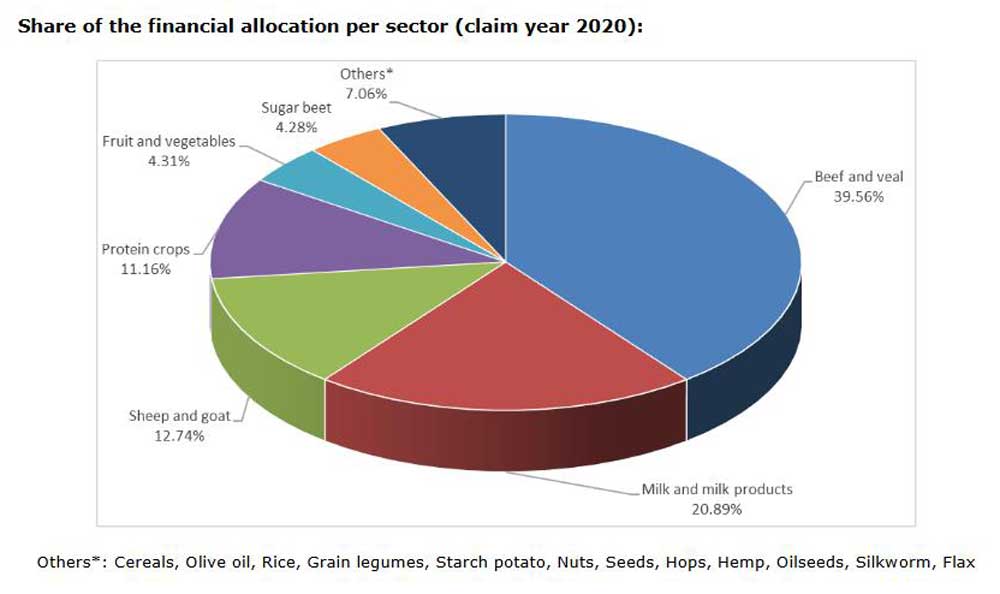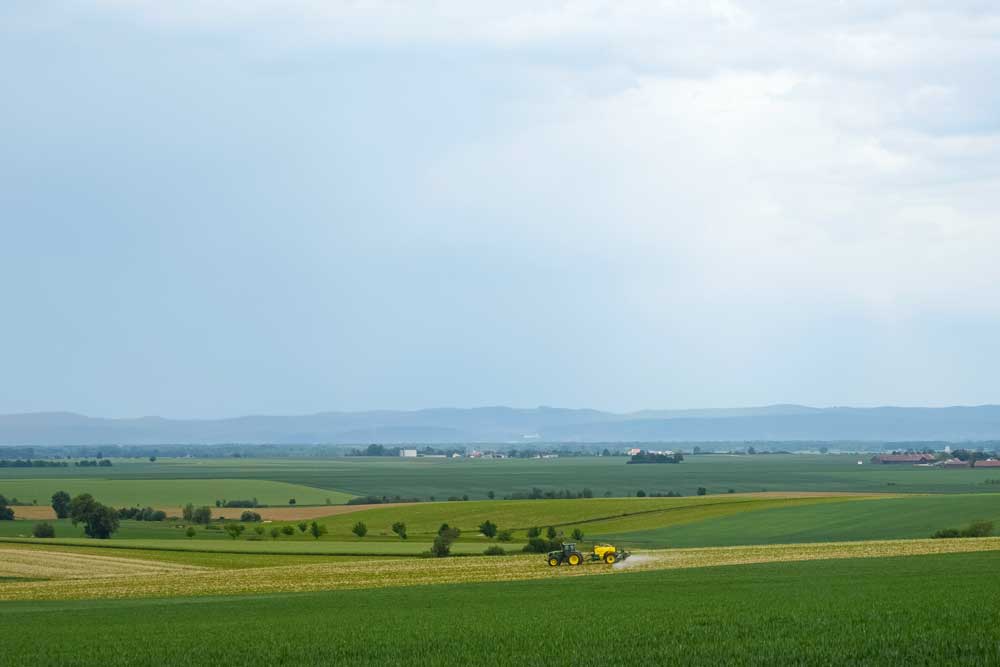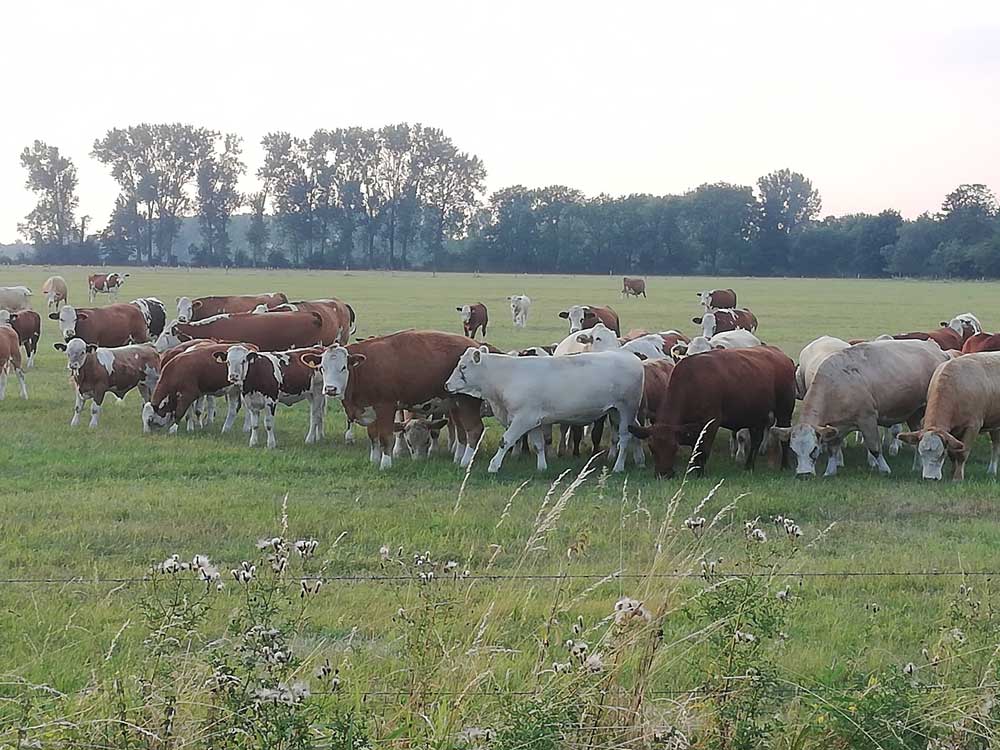Competition: A Europe of differences
By Thomas Preusse and Thomas Künzel, DLG Mitteilungen
It is often the small differences that cause the greatest resentment: Why are farmers in neighbouring countries allowed to do what I am not? There are indeed annoying examples. But the most important thing is that differences are well justified. This can sometimes be doubted.
Plant protection: equal rights for all?
Why is it that in Germany, in contrast to other European countries, fewer and fewer funds are available? In many cases the answer is: because a consensus authority with as much power as the German Federal Environment Agency does not exist elsewhere.
It is true that EU rules provide for mutual recognition of plant protection products within three zones. But the German Federal Environment Agency likes to invoke new findings and assessments that have apparently not yet got around elsewhere. Quite clearly, its agenda is "as little plant protection as possible" and its ambition to march at the forefront of protection levels. Conversations also reveal a certain distrust of agriculture. It is not assumed that farmers are willing to implement this goal on their own responsibility. And since the German Federal Environment Agency is a subordinate agency of the Ministry of the Environment, political disagreements are to be expected anyway.
Let us take the beet herbicide Conviso One as a current example
The beet herbicide is used together with a variety that is resistant to it and is now authorised in Germany at 0.25 l/ha in one treatment or 0.125 l/ha in two treatments. This means that it can be forgotten for area spraying: This quarter of the application rate approved in France, Belgium or Austria is not only insufficiently effective, but massively favours the selection of resistant weeds. The reason for the lower dosage is said to be a comparatively stricter assessment by the German Federal Environment Agency in the area of ecotoxicity to aquatic organisms.
Bayer will no longer offer the product in Germany in 2021, but has pursued approval so that its partner KWS can test the "hoe band sprayer" option in practice. This is because a higher concentration up to the normal application rate of 1 l/ha is possible in the beet row. However, it is not unproblematic that no further herbicide may be used in the season after this treatment.
Simplified tax advantage
EU law provides for the possibility that farmers may apply a simplified procedure with the flat-rate VAT. This is a so-called "optional provision", i.e. the individual EU member states can determine its application independently of each other. In addition to Germany, the flat rate is also found, for example, in Austria, the Netherlands, France, Spain, Italy, Portugal and Poland.
For some time now, the German government has been in real trouble with the EU Commission, because in this country all farms can apply the flat-rate system without differentiation. Now there will be restrictions, as they already apply in other EU states. For example, France has a turnover threshold of € 46,000. Or in Austria, only small businesses that also calculate their profits on a flat-rate basis for income tax purposes are allowed to apply the flat-rate VAT scheme.
Premium coupling: a nuisance that is likely to remain
When it comes to unequal rules of the game in Europe, coupled premiums are a perennial irritant. From a German point of view, it is even a constant annoyance, since we are the only EU country that does not make use of this possibility at all. Calls for a general abolition of this instrument, however, are rather rituals directed at our own farmers. They have no resonance in other EU countries or in Brussels. On the contrary: even if the tying rules in the new CAP have not yet been fixed, there is a tendency to extend them rather than restrict them. For example, the Commission's proposals no longer provide for production ceilings, which have already been softened in recent years. Whereas in the past 8 % of direct payments plus 2 % of legumes could be coupled, some Eastern European countries are now demanding as much as 23 + 2 %, arguing that some branches of production necessary for diversity and sustainability are unprofitable.
Across the board, 10 % of EU direct payments are coupled, i.e. around 4 billion €. Of this, 40 % is earmarked for beef cattle, 21 % for dairy production and 13 % for sheep and goats, i.e. three quarters for the livestock sector. Protein crops account for 11 % and sugar beet for 4 %. Cereals rank below "far behind" in terms of premium share, but not in terms of area.
Protein crops are the largest coupled arable crop in the EU, covering 4 million ha. Half of this is in Spain (1 million ha), Italy (600,000 ha) and Romania (400,000 ha). The EU average is 115 €/ha on top. This is followed by cereals with a total of 2 million ha, 1.2 million ha of which are durum wheat in Italy, for which farmers receive an extra 66 €/ha. The German beet producers complain most loudly about the coupling. Of the 500,000 ha, 200,000 ha are in Poland alone, for which 387 €/ha are paid. Italy and the Czech Republic follow with about 60,000 ha each. Already in 2018, a study by Wageningen University (commissioned by the German sugar industry) had cast doubt on whether beet cultivation in Poland would actually be threatened across the board without this subsidy. It does not look as if this distortion of competition will change in the short term.
In the case of beef cattle, for which the EU average is € 88 per head, the order of animal numbers is Spain (5 million), France (4 million), Poland (3 million) and Italy (2 million). For milk (€79/cow), France (3 million) is ahead of Poland (2.5 million) and Italy (2 million).





